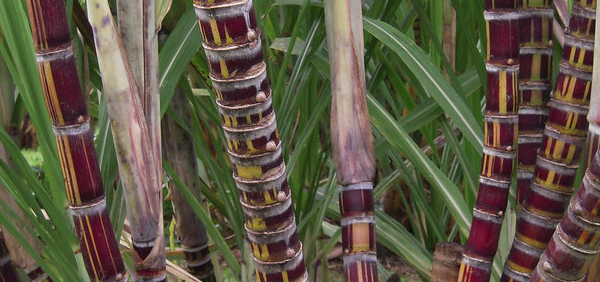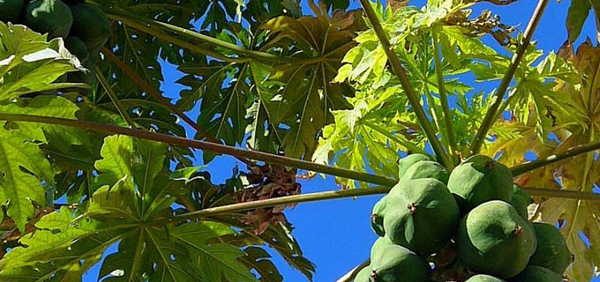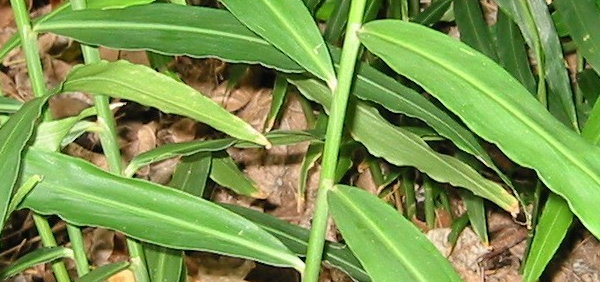artagala :

Cultivation:
A plant of the tropics, where it is found at near the shoreline in areas with no dry season or with a short dryseason. It grows best in areas where annual daytime temperatures are within the range 18 - 26°c, but can tolerate 15 - 32°c. It prefers a mean annual rainfall in the range 1,500 - 2,500mm, but tolerates 1,000 - 3,000mmPrefers a position in full sun, tolerating some shade. Grows best in heavier soils of moderate to high fertility. Tolerant of flooding and of quite high levels of salt in the soil.Prefers a pH in the range 6.8 - 7.2, tolerating 6.5 - 7.56.
The plant sometimes forms a dense undergrowth in mangrove swamps that can be troublesome in wood-cutting operations.
The plants do not exclude salt at the root level. In fact, their sap is salty and excess salt is secreted through the leaves, to be removed by rain or wind. Sometimes, the salt can be seen as a white crystalline layer on the upper surface.
When the seedpods ripen, they open explosively to propel the seeds up to 2 metres away
Propogation:
SeedHarvesting:
Flowering: December-May
- » Classification and names of artagala
- » Synonyms and definitions of artagala
- » Drug Properties of artagala
- » Chemical Constituents of artagala
- » Standardization of artagala
- » Parts used and Dosage of artagala
- » Morphology and Histology of artagala
- » Distribution and Conservation of artagala
- » Cultivation of artagala
- » artagala in the market
- » Medicinal Uses of artagala
- » Researches and clinical trails of artagala
- » artagala in other sytems of medicine
- » Ayurvedic formulations with artagala
- » Images of artagala












